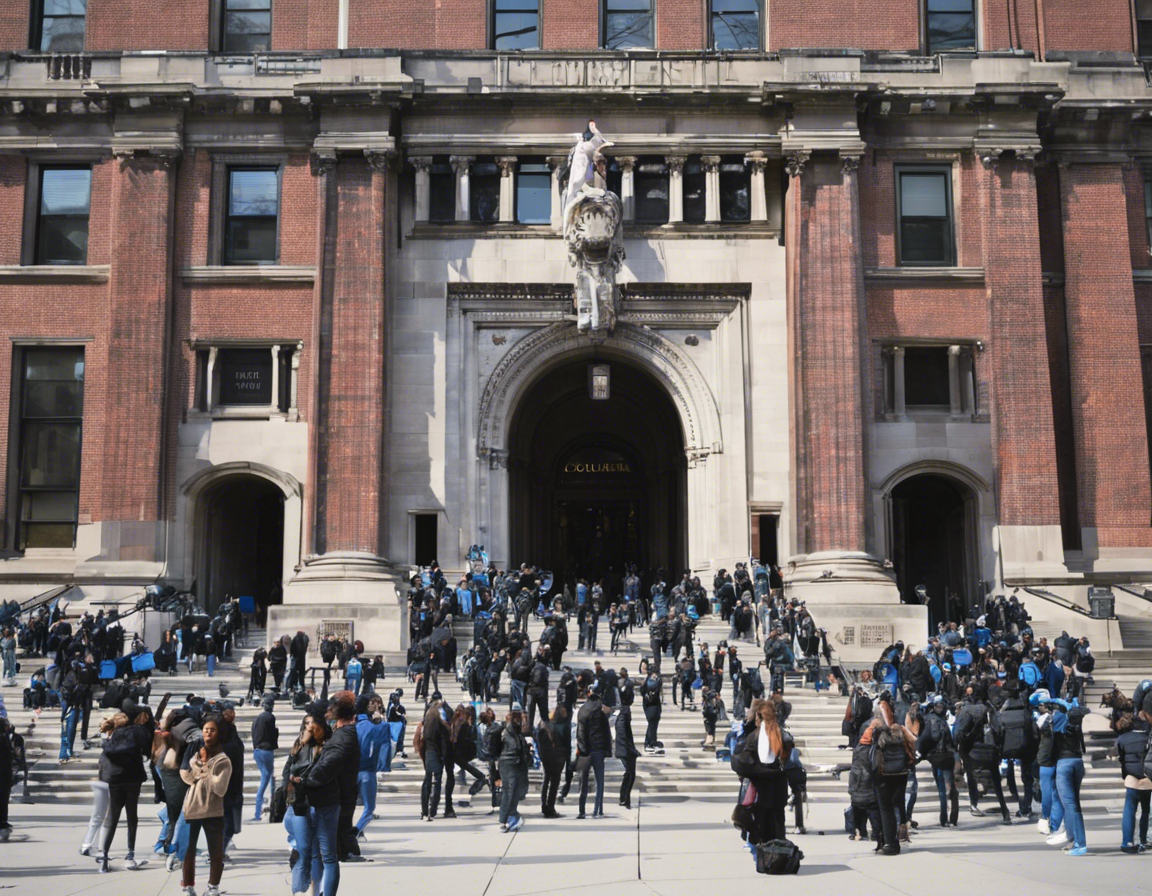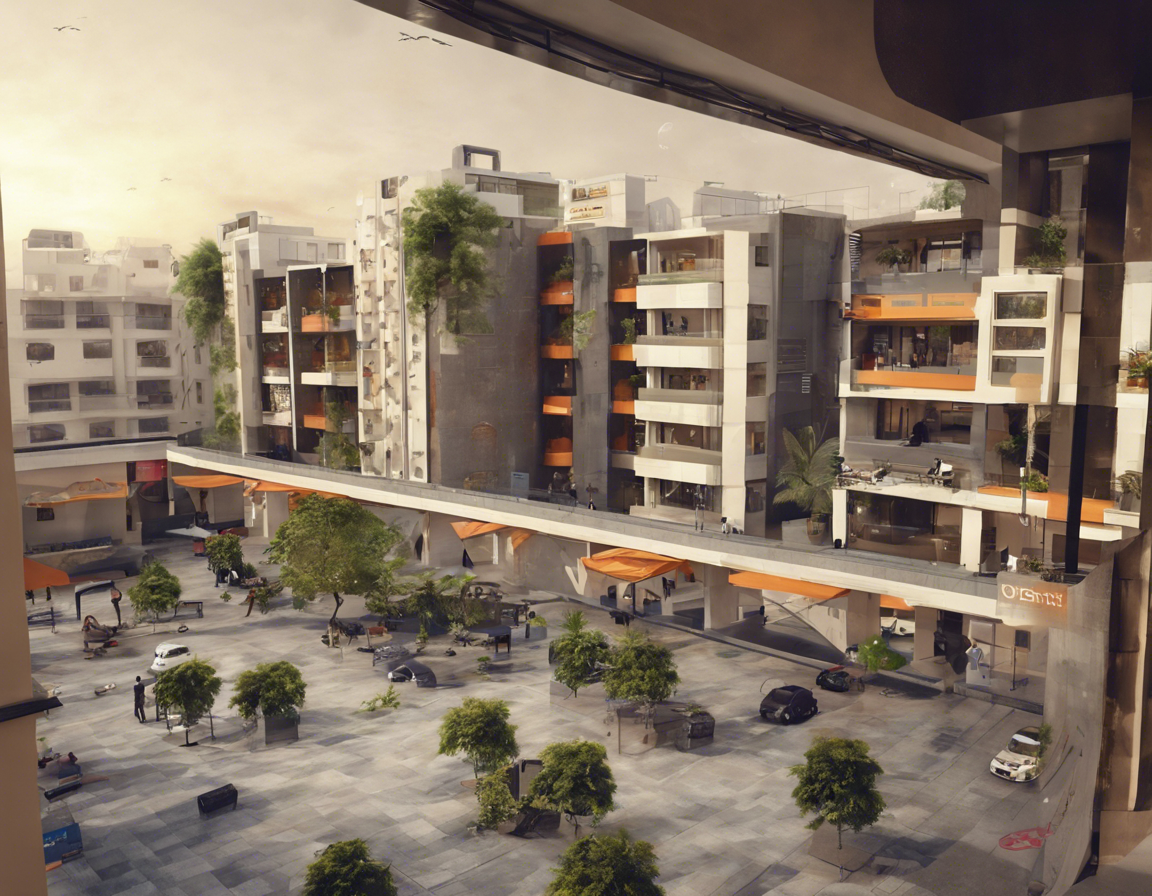In recent years, Columbia University in New York City has been no stranger to student protests and activism. From demands for divestment from fossil fuels to calls for increased diversity and inclusion on campus, Columbia students have been at the forefront of numerous social justice movements. These protests have often garnered national attention and sparked important conversations about inequality, racism, and the role of universities in addressing societal issues.
Understanding the Context
Columbia University’s History of Activism: Columbia University has a long history of student activism, dating back to the 1960s when students protested against the Vietnam War and the university’s ties to the military-industrial complex.
Recent Student Protests: In recent years, Columbia students have protested against a variety of issues, including sexual assault policies, lack of diversity in the curriculum, and the university’s handling of sexual harassment cases.
Key Issues at the Heart of Protests
1. Divestment: One of the central demands of many student protests at Columbia has been for the university to divest from fossil fuels and other industries that contribute to climate change. Students argue that as an institution committed to knowledge and progress, Columbia has a responsibility to align its investments with its values.
2. Diversity and Inclusion: Students have also called for increased diversity and inclusion on campus, both in terms of the student body and the curriculum. They argue that a diverse learning environment is essential for intellectual growth and the development of critical thinking skills.
3. Sexual Assault Policies: Another key issue that has sparked protests at Columbia is the university’s handling of sexual assault cases. Students have criticized the administration for not taking these cases seriously enough and have called for more transparent and survivor-centered policies.
Impact of Student Protests
1. National Attention: Columbia student protests have often garnered national attention, shining a spotlight on the issues being raised and putting pressure on the university to respond.
2. Policy Changes: In some cases, student protests have led to tangible policy changes at Columbia, such as revisions to the university’s sexual assault policies or commitments to increase diversity on campus.
3. Student Empowerment: Perhaps most importantly, student protests have empowered students to speak out on issues that matter to them, fostering a sense of community and activism on campus.
How the University Responds
1. Dialogue and Engagement: Columbia University has generally taken a stance of engaging in dialogue with student protesters and addressing their concerns through open forums and meetings.
2. Institutional Reforms: In response to student protests, the university has also implemented various institutional reforms, such as creating new diversity and inclusion initiatives or establishing task forces to address specific issues.
3. Balancing Act: However, the university also faces challenges in balancing the demands of student protesters with its institutional responsibilities and constraints, leading to complex negotiations and decision-making processes.
Frequently Asked Questions (FAQs)
1. Why do students protest at Columbia University?
Students protest at Columbia University to raise awareness about various social justice issues, demand policy changes, and hold the university accountable for aligning its actions with its values.
2. How does Columbia University respond to student protests?
Columbia University responds to student protests by engaging in dialogue, implementing institutional reforms, and finding ways to address student concerns while considering the university’s broader mission and responsibilities.
3. What are some key issues that have sparked student protests at Columbia?
Key issues that have sparked student protests at Columbia include divestment from fossil fuels, diversity and inclusion on campus, and the university’s handling of sexual assault cases.
4. Have student protests at Columbia led to any tangible changes?
Yes, student protests at Columbia have led to tangible changes, such as revisions to sexual assault policies and commitments to increase diversity on campus.
5. How do student protests at Columbia impact the broader community?
Student protests at Columbia can impact the broader community by raising awareness about important social justice issues, fostering a culture of activism and empowerment, and prompting discussions and reflections on the university’s role in society.
In conclusion, student protests at Columbia University play a vital role in shaping the campus culture, raising awareness about social justice issues, and holding the institution accountable for its actions. By understanding the context, key issues, impact, and responses to student protests, we can appreciate the importance of activism in fostering positive change and promoting a more equitable and inclusive academic environment.



